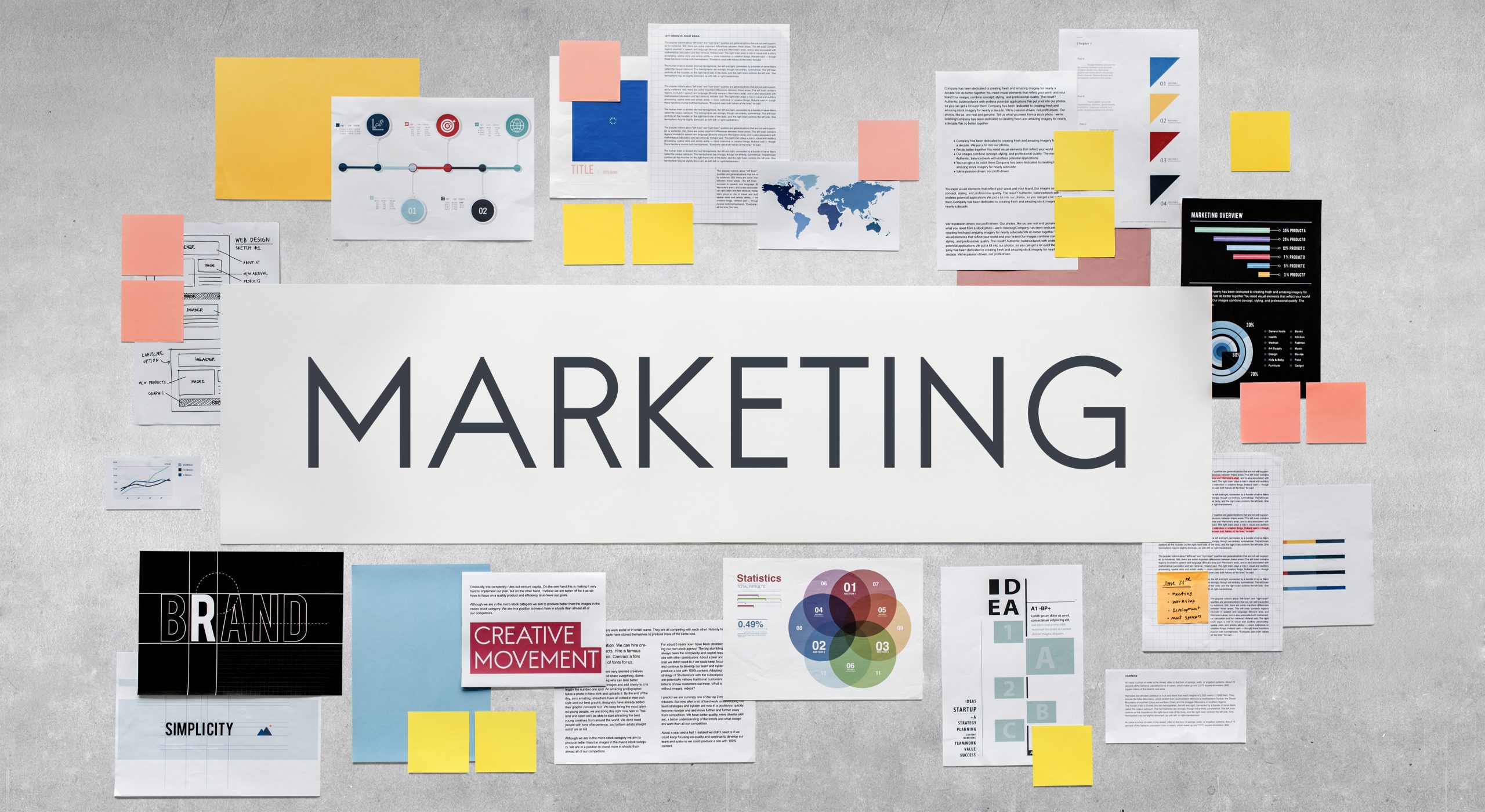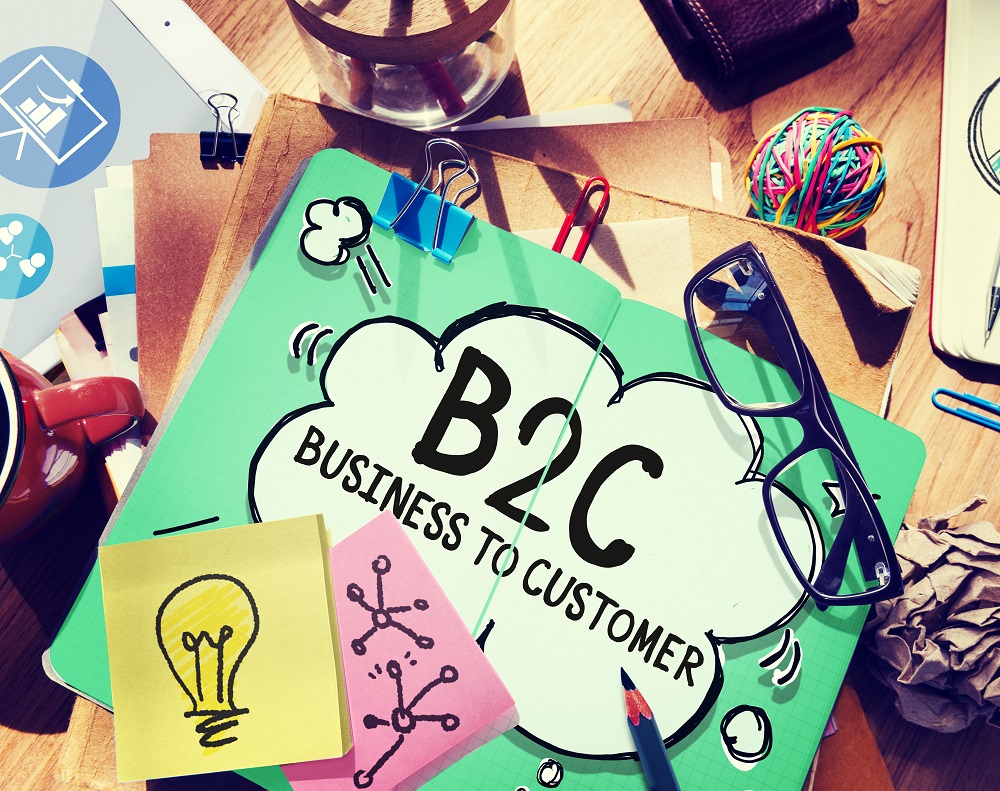Simply having a website is not enough to generate sales. It is crucial to have a well-defined sales process in place to convert website visitors into paying customers. This is where Conversion Funnel Optimization comes into play. In this blog post, we will discuss the basics of Conversion Funnel Optimization, answer some frequently asked questions, provide key takeaways, and show how Repute can help as the best digital marketing agency in India.
What is Conversion Funnel Optimization?
Conversion Funnel Optimization is the process of optimizing the sales process on a website to increase conversions. It involves analyzing the customer journey from the first visit to the final purchase and identifying any obstacles that may prevent a visitor from becoming a customer. By optimizing the sales process, businesses can increase their conversion rates and ultimately drive more revenue.
What are the Benefits of Conversion Funnel Optimization?
The benefits of Conversion Funnel Optimization are numerous, including:
Increased Conversion Rates:
By optimizing the sales process, businesses can increase their conversion rates and turn more visitors into paying customers.
Improved Customer Experience:
A well optimized sales process can further develop the general customer experience, prompting expanded consumer loyalty and unwaveringly.
Greater ROI:
By further developing the conversion rate, organizations can create additional income from their website and online presence, prompting a more ROI.
Better Data Insights:
Conversion Funnel Optimization involves tracking customer behavior and analyzing data to identify areas for improvement. This can provide businesses with valuable insights into customer behavior and preferences.
Competitive Advantage:
By further developing the conversion rate, organizations can create additional income from their website and online presence, prompting a more ROI.
What are the Key Elements of a Sales Funnel?
The key elements of a sales funnel include:
Awareness :
This is the primary phase of the channel, where potential clients become mindful of your image and contributions.
Interest:
At this stage, potential customers begin to show interest in your offerings and explore your website further.
Consideration:
During the consideration stage, potential customers evaluate your offerings and compare them to alternatives.
Intent:
At this stage, potential customers have made the decision to purchase and are ready to take action.
Purchase:
This is the final stage of the funnel, where potential customers become paying customers.
What are Some Strategies for Conversion Funnel Optimization?
Some strategies for Conversion Funnel Optimization include:
Simplify the Sales Process:
Make the sales process as simple and intuitive as possible to reduce friction and increase conversions.
Optimize for Mobile:
Guarantee that your site and deals process are improved for cell phones, as an ever increasing number of clients are utilizing cell phones to peruse and buy.
Use Social Proof:
Utilize social proof, for example, client audits and tributes, to assemble trust and validity with expected clients.
Offer Incentives:
Offering motivating forces, like limits or free preliminaries, can urge expected clients to make a move and become paying customers.
Analyze Data:
Track customer behavior and analyze data to identify areas for improvement and optimize the sales process.
Key Takeaways
Conversion Funnel Optimization is essential for businesses looking to increase their online revenue.
The key elements of a sales funnel include awareness, interest, consideration, intent, and purchase.
Strategies for Conversion Funnel Optimization include simplifying the sales process, optimizing for mobile, using social proof, offering incentives, and analyzing data.
Conversion Funnel Optimization can lead to increased conversion rates, improved customer experience, greater ROI, better data insights, and a competitive advantage.





